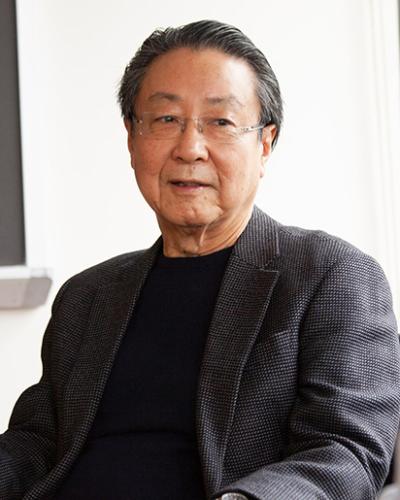Professor Victor Nee’s autobiography in the Annual Review of Sociology traces the accumulation of experiences involved in a research journey aimed at explanation of social behavior and institutional change.
Abstract:
“This article examines the relationship between biography, chance, and persistence in accounting for the assembly of an American sociologist. It traces the accumulation of experiences involved in a research journey aimed at explanation of social behavior and institutional change. The process of discovery leading to a new theory may arise from serendipitous observations gained through fieldwork, while new combinations of ideas also emerge from social interactions with acquaintances, colleagues and friends. Cross-disciplinary intellectual trade offers rich opportunities for advances in the social and behavioral sciences.”
Introduction:
“Setting the wellspring of my life’s work as an American sociologist in an autobiographic frame takes me back in time to my arrival in the world, two weeks after the Japanese surrender in the Pacific theater of World War II. My father was in Nanjing, where he was a member of the delegation that accepted the surrender of the Japanese imperial army in China. There he received a telegram from my mother, who was residing in a mountainous retreat, far from the Japanese occupation. Learning of my birth, my father sent back a return message: “Call him Victor, for victory” in the war against Japan. My father had come to the United States during the Great Depression on scholarship to study at Asbury College, a Methodist seminary in Kentucky. He was adventurous, exploring the mountains of Kentucky and making friends with families there despite warnings from his college friends about hillbillies. Shortly after Japan’s surprise attack on Pearl Harbor, having just finished his qualifying exam for a PhD at the University of Chicago, he was recruited by his Methodist friends to participate in a top-secret mission. With joint appointments in the Chinese and American militaries, he returned to China shortly after Pearl Harbor as an intelligence officer charged with coordinating the rescue of Doolittle Raiders, whose B-25 bombers were to land on the southeastern coast of China after taking off from an air craft carrier near Midway in a surprise raid over Japan in April 1942.
“Growing up in Southern California in the 1950s made me wonder, early in my life, about my social origins. California was very different demographically in 1950, when the Nee family arrived in San Francisco. My father’s American friends had lobbied Congress in support of a special act enabling us to enter as immigrants at a time when there was no legal immigration from Asia to the United States. We were met at the mooring of our ship, the SS Cleveland of the American President Lines, on November 30, 1950, by the minister of the Methodist church in nearby Burlingame. From the Bay Area, we traveled to Southern California, where my father gave lectures, after which my mother led her four children in singing Chinese children’s songs. She had studied music and literature in college and had a gift for languages. As a native Taiwanese, she was happy to be an English-speaking immigrant in America. Our society was a national network of well-placed Methodist friends of my father, who were kind and generous in helping us to settle in Costa Mesa and then Altadena.
“I started kindergarten not speaking a word of English. My K–12 education in public school was surprisingly uneventful, though I was the only nonwhite in my high school graduating class. There were no other immigrants from East Asia like me. During my second year of premedical study at the University of California, Los Angeles (UCLA), I attended a lecture by Martin Luther King, Jr., and joined the civil rights movement. I marched on New Year’s Eve at the Helms Bakery in Los Angeles to protest racial discrimination against African Americans. I had never experienced discrimination myself, although I was a racial minority. By my second year at UCLA, I had become disenchanted with the idea of medical school and decided to transfer to the University of California (UC), Santa Cruz, a new liberal arts campus overlooking the Monterey Bay. At Santa Cruz, students were involved in the anti–Vietnam War movement. Not surprisingly, this led to my curiosity about the Chinese Revolution, as its success was prominent in the narrative behind the domino theory justifying America’s war in Vietnam.






